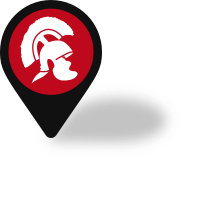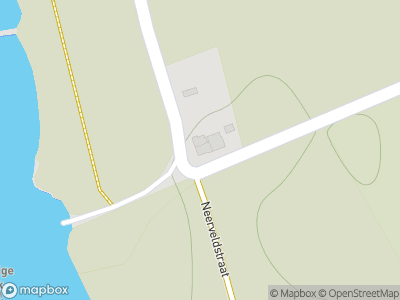History enthusiasts will probably know Cuijk mainly because of the spectacular find that was found in the River Meuse: a bridge dating from the late-Roman period, the 4th century.
In the eighteenth century, fishermen complained that their nets were getting caught on objects lying on the riverbed. This turned out to be a Roman bridge. Then it was not until 1989 that amateur divers were able to recover parts of the bridge. It looks like a forest down there”, one of the divers said after swimming between the wooden piles six metres below the water level.
Large-scale excavations
Soon after the discovery of the bridge, a large-scale excavation was conducted. A sonar scan showed the precise location of the piers, after which divers went down to look for building materials. The currents and the river traffic made excavation quite difficult. Nevertheless, a total of 105 piles and 66 stones were recovered from the Meuse. A digital reconstruction of the bridge was made from these materials. It showed strong similarities with the Roman bridge in Trier, part of which is still standing. The stone piers were embedded in huge shutterings made of wooden beams resting on a foundation of hundreds of oak piles with iron tips. The bridge was part of the major Roman ‘highway’ from Tongeren to Maastricht, which was already in use at the beginning of the Common Era.
Cuijk in the Roman period
The famous Roman Peutinger Map refers to Cuijk as Ceuclum. Cuijk slowly became a ‘vicus’, a trading post with various facilities such as houses with stone cellars and a temple. During the late-Roman period, Cuijk was transformed into a fort or ‘castellum’. The fort was part of a new strategy of the Romans who wanted their main line of defence more in the hinterland. The castellum was to protect the bridge as well. Until the bridge was built, the crossing for the river Meuse was to the north of Cuijk, near Katwijk, as the river could probably be forded there.
Roman legacy
Various finds from the late-Roman period have been discovered along the quayside of the river Meuse, including many leather items such as sandals.
“













